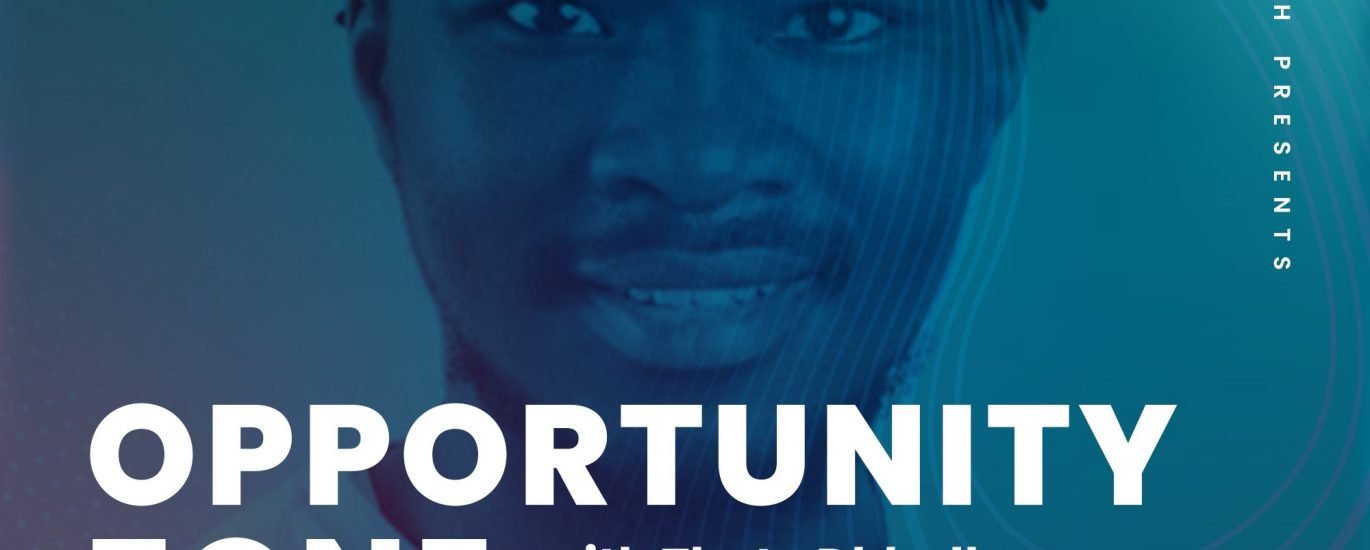


Since the beginning of time, storytelling has been an ancient technique used by businesses to narrate their messages. With every great story told, there was action taken or lessons learned from the message embedded in the narrative.
Therefore, it is expected that effective storytelling is a shared talent among great leaders, speakers, and entrepreneurs. This is because great brands articulate their story and create ways to narrate it accurately and masterfully. Although the influence of a great brand story has the ability to increase business performance and unlock doors to other opportunities, the need for new-age brands to shift from traditional storytelling to story framing still remains a critical element that needs to be carefully considered.
From storytelling to story framing
During the 4IR Aquatech Masterclass Series (Opportunity Zone) on Tuesday 27 July, Mr. Thato Dhladla, a renowned performance artist within the film, broadcast and advertising sector, gave a masterclass focusing on the importance of brands shifting from storytelling to story framing. According to Mr. Dhladla, traditional storytelling was considered effective back then when businesses were still transitioning from just being a business to a brand. Storytelling is organisational focused and all about telling the audience what and how the brand is impacting its community and customers. In other words, storytelling is all about preaching the brand as ‘the hero who is doing the most.’
Moving from storytelling to story framing means shifting from the narrative of painting the brand as the hero to set up a stage for the audience and customers to become heroes instead. Empowering customers and consumers to become their own heroes through the experience of your products and services, is one way that describes story framing. This means that your brand story will then be centered on telling personal stories of your customers and how their interaction with the brand personally impacts their lives.
The basis of creating an impactful and memorable brand story as an entrepreneur involves the identification of two things; problem and solution. You need to identify the problem and a solution required for that particular problem. And of course, this can be achieved through research. “Once you identify both the problem and solution, the next step is to dive deep into understanding how your solution is empowering better development outcomes for the customers and consumers? This discovery will automatically serve as a guide to how you should frame your brand story going forward.’’ said Mr. Dhladla.
“To be able to build a good brand – you need to find your story, own your story, frame it, and purpose your story”, Mr. Dhladla added. Businesses and brands connect with customers on many levels, however, a brand that narrates an authentic story engages customers on a deeper level. That’s a fact! This is what makes brand story framing impactful, given that they are easy to remember and lasting.
Did you know that a potential client will make a decision on whether to buy into a business based on its brand story? But it’s not just because of a story, it’s how the story is framed. Hence, it is paramount to consider your brand story and how it goes beyond sales and open the door to engage authentically.
For example, think of the number one hailing brand, Uber. They identified a problem encountered with the private taxi rides, i.e. hailing it from the street, waiting longer for it to arrive and safety risks, just to mention a few (problem). As a result, Uber then invested in a unique brand of storytelling as a convenient and reliable ride on the go (Solution – empowering better development outcomes). The company capitalised on the opportunity presented by access to smartphones/gadgets and technology to offer their solution. Moreover, Uber continues to develop new technologies and systems to help improve safety and make it easier for customers to get around.
As indicated in the example above, you need to ensure your brand is aligned with your story. After identifying the problem, it’s important to describe your solution thoroughly, articulating milestones, including targeted audience, prototypes, and current funding if available. Describe who you are as well as the people you work with. All this will guide you in framing your story in an effective way.